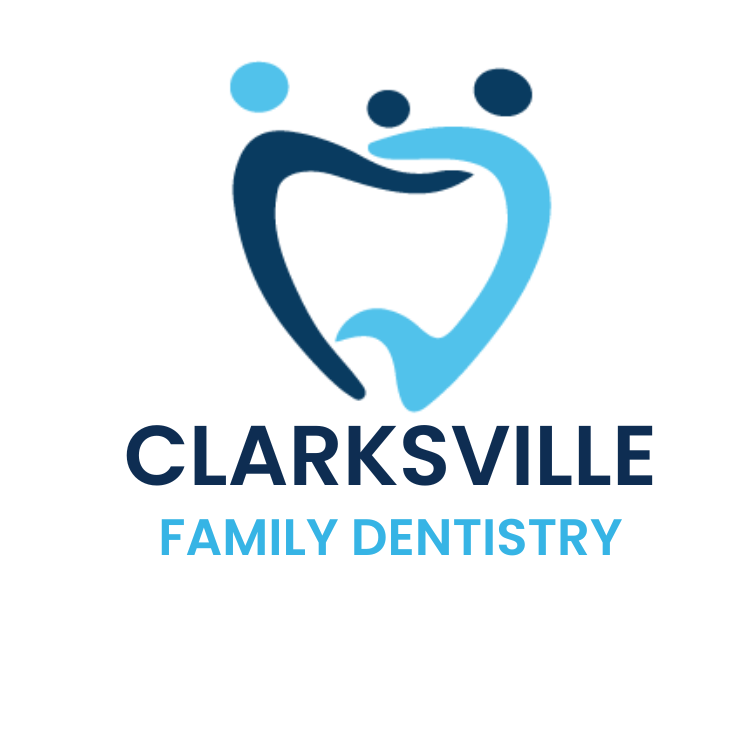
What Is a Deep Cleaning, and When Do You Need One?
Ensuring optimal oral health extends beyond routine brushing and flossing. While these habits are crucial, biannual dental exams and cleanings play a pivotal role in combating tooth decay, gum disease, and other oral health concerns. If you’re grappling with gum disease or periodontal issues, your dentist might recommend a deep cleaning to safeguard your oral well-being.
Understanding Deep Cleaning
Deep cleaning, also known as gum scaling or root planing, targets the removal of plaque and tartar situated beneath the gumline, particularly on the tooth root. Plaque, a sticky bacterial film formed from the amalgamation of saliva and food particles, poses a persistent threat to dental health. Despite regular oral hygiene practices, not all plaque is eradicated, leading to its hardening into tartar and the subsequent onset of gum disease. While routine dental cleanings address plaque and tartar above the gumline, a deep cleaning becomes imperative when these substances infiltrate below, posing risks of gum disease and tooth loss.
Who Requires Deep Cleaning
During routine dental examinations, your dentist assesses potential signs of gum disease, such as inflamed and bleeding gums. By measuring the spaces between teeth and gums, dentists detect periodontal issues characterized by gum recession. Over time, these pockets between gums and teeth widen, providing an ample breeding ground for bacterial colonization. Signs such as persistent bad breath, tender gums, sensitive teeth, or alterations in bite indicate potential gum disease, particularly if routine oral hygiene fails to reverse mild gingivitis. In such cases, a deep cleaning becomes imperative to salvage oral health.
The Deep Cleaning Process
Deep cleaning comprises two primary procedures: scaling and root planing. Scaling involves the meticulous removal of plaque and tartar from below the gumline, while root planing focuses on smoothing tooth roots to impede bacterial adhesion. To eradicate bacteria residing in challenging areas, dentists may administer an antibiotic gel or recommend an antibiotic rinse. Depending on the severity of plaque buildup, deep cleaning may span multiple visits, during which numbing cream or local anesthesia ensures patient comfort.
Post-Deep Cleaning Care
Following deep cleaning, gum tissues may exhibit sensitivity. Opting for soft foods like mashed potatoes and yogurt while avoiding extremes in temperature can alleviate discomfort. Dentists provide comprehensive post-procedural instructions, emphasizing proper brushing and flossing techniques and often recommending antimicrobial toothpaste to curb bacterial proliferation. Consistent adherence to a stringent oral hygiene regimen, including daily brushing and flossing, regular dental check-ups, and a balanced diet, is vital to prevent gum disease recurrence.
Enhancing Gum Health with Deep Cleaning
While not universally prescribed, deep cleanings offer a lifeline for individuals grappling with gum disease. This minor yet impactful dental procedure serves as a cornerstone in restoring oral health. Should you observe signs of gum irritation, promptly contacting your dentist is paramount to address potential issues.
